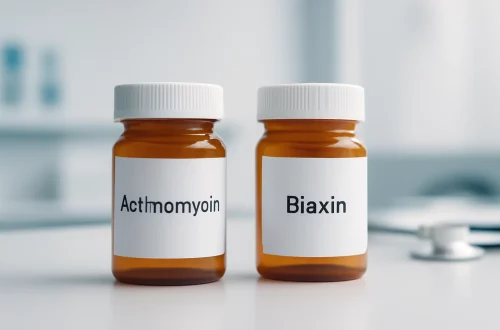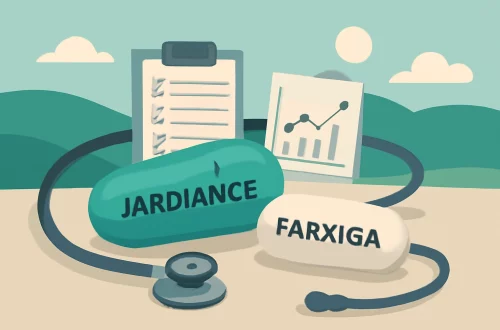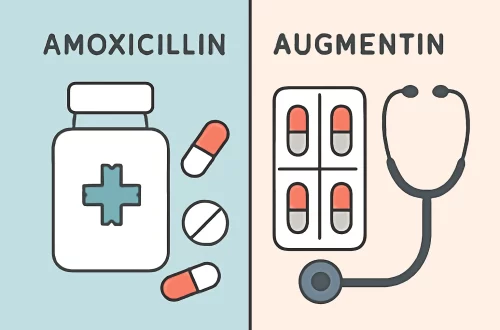-
Delicious Peanut Free Protein Bars for Every Healthy Lifestyle
In today’s fast-paced world, maintaining a healthy lifestyle can often feel like a daunting task. With the abundance of fast food and processed snacks available, it’s easy to stray from nutritious choices. However, a growing awareness of dietary needs has led to innovative and delicious alternatives that cater to various requirements, including those with nut allergies. One such alternative is the peanut-free protein bar, a versatile snack that can fit seamlessly into any health-conscious routine. These bars are not just for those with allergies; they offer a convenient solution for anyone looking to boost their protein intake without compromising on taste or nutrition. Whether you’re a busy professional needing a…
-
Do Electrolytes Make You Poop? Exploring the Connection
Electrolytes play a crucial role in maintaining the body’s physiological balance. These minerals, which include sodium, potassium, calcium, and magnesium, are essential for various bodily functions, including hydration, nerve function, and muscle contraction. When we think of electrolytes, we often associate them with athletes and hydration drinks, especially following strenuous activities. However, the impact of electrolytes on digestion and bowel movements is less frequently discussed. Many people consume electrolyte-rich beverages or supplements to replenish lost minerals during exercise or illness. Still, questions arise about their effects on gastrointestinal health. The relationship between electrolytes and bowel movements can be intricate and influenced by several factors, such as individual health conditions, dietary…
-
Do Electrolytes Cause Increased Bowel Movements and Why?
Electrolytes are essential minerals found in our bodies that play a crucial role in maintaining hydration, nerve function, and muscle contraction. They are typically consumed through food and beverages, particularly during physical activities or in hot weather. As our bodies lose fluids and electrolytes through sweat, urine, and other means, replenishing these minerals becomes vital for overall health and well-being. However, the relationship between electrolyte consumption and bowel movements can be complex and often misunderstood. The human digestive system is intricate, with a delicate balance that can be easily disrupted by various factors, including diet, hydration levels, and stress. When we increase our intake of electrolytes, particularly in the form…
-
Understanding Weight Gain Around Ovulation: Causes and Solutions
Understanding the fluctuations of weight during the menstrual cycle can be a perplexing experience for many women. One notable phase in this cycle is ovulation, which typically occurs in the middle of the cycle. During this time, women may notice various bodily changes, including weight gain. While this phenomenon can be disconcerting, it is often a natural and temporary occurrence linked to hormonal shifts that take place in the body. As the body prepares for potential pregnancy, hormones such as estrogen and progesterone surge, leading to changes in fluid retention, appetite, and metabolism. These hormonal fluctuations can manifest in noticeable ways, making weight gain around ovulation a common concern. Understanding…
-
Can Rabbits Eat Peanuts? Understanding Their Dietary Needs
Rabbits are fascinating creatures, often cherished as beloved pets. Their playful nature and unique personalities make them a joy to have around. However, proper care for rabbits involves more than just love and attention; it necessitates a deep understanding of their dietary needs. A rabbit’s diet is pivotal to its overall health and well-being, as it directly influences their digestive system, energy levels, and longevity. Many pet owners find themselves questioning what foods are safe and healthy for their furry friends. Among the myriad of foods available, peanuts often come up in conversation. While it’s easy to assume that a nut like peanut might be a delightful treat for rabbits,…
-
Understanding Carbs in Prosecco: What You Need to Know
Prosecco has become a popular choice for wine enthusiasts around the globe, often celebrated for its light, effervescent qualities and fruity flavors. However, as with any alcoholic beverage, understanding the nutritional components is essential for those who want to enjoy it responsibly. One of the key elements that often comes up in discussions about wine, particularly sparkling varieties like Prosecco, is carbohydrates. Carbohydrates play a significant role in the overall flavor profile and sweetness of the wine, yet they are often overlooked by casual drinkers. When enjoying a glass of Prosecco, many may not realize that the carbohydrate content can vary significantly based on several factors, including the production method…
-
Exploring the Diet of the Red Eyed Tree Frog: What Do They Eat?
The Red Eyed Tree Frog, known for its vibrant green body and striking red eyes, is one of the most iconic amphibians found in Central and South America. These fascinating creatures are not only visually captivating but also play a critical role in their ecosystems. As nocturnal hunters, they exhibit a range of intriguing behaviors and adaptations that allow them to thrive in their natural habitats. The lush, humid rainforests and wetlands where they reside provide an abundance of food sources that support their dietary needs. Understanding the diet of the Red Eyed Tree Frog is essential for appreciating its ecological role and conservation status. These frogs primarily consume a…
-
How Much Protein is in Sushi? A Nutritional Breakdown
Sushi has gained immense popularity worldwide, transcending its origins in Japan to become a beloved dish across cultures. Its unique combination of flavors, textures, and presentation makes it a favorite for many. As sushi continues to evolve, so do the ingredients used to create this culinary delight. The traditional sushi rolls, often composed of vinegared rice, raw fish, and various other fillings, present a fascinating intersection of taste and nutrition. While many enjoy sushi for its fresh ingredients and exquisite taste, there is also a growing awareness of its nutritional value. Among the various components that contribute to its overall health benefits, protein stands out as a key nutrient. Protein…
-
Is Iron the Same as Folic Acid? Understanding the Differences
Understanding the essential nutrients that our bodies need to function optimally is vital for overall health. Among these nutrients, iron and folic acid often come up in discussions about dietary requirements. Both are crucial for various bodily functions, including the formation of red blood cells and the maintenance of healthy metabolic processes. However, despite their importance and association with blood health, they serve different roles and have distinct properties. Iron is a mineral that is integral to the production of hemoglobin, the protein in red blood cells responsible for carrying oxygen throughout the body. It is found in two forms: heme iron, which is derived from animal sources, and non-heme…
-
The Benefits and Risks of Giving Milk to Your Pets
When it comes to feeding our pets, many pet owners often find themselves in a dilemma about what foods are safe and beneficial for their furry companions. Among the numerous human food items that find their way into our pets’ bowls, milk stands out as a commonly debated option. While it may seem harmless and even nostalgic to think of giving your dog or cat a splash of milk, the implications of this choice are not so straightforward. Milk has been a staple in human diets for centuries, known for its rich nutrient profile, including calcium, protein, and vitamins. However, the digestive systems of pets, particularly cats and dogs, can…




































